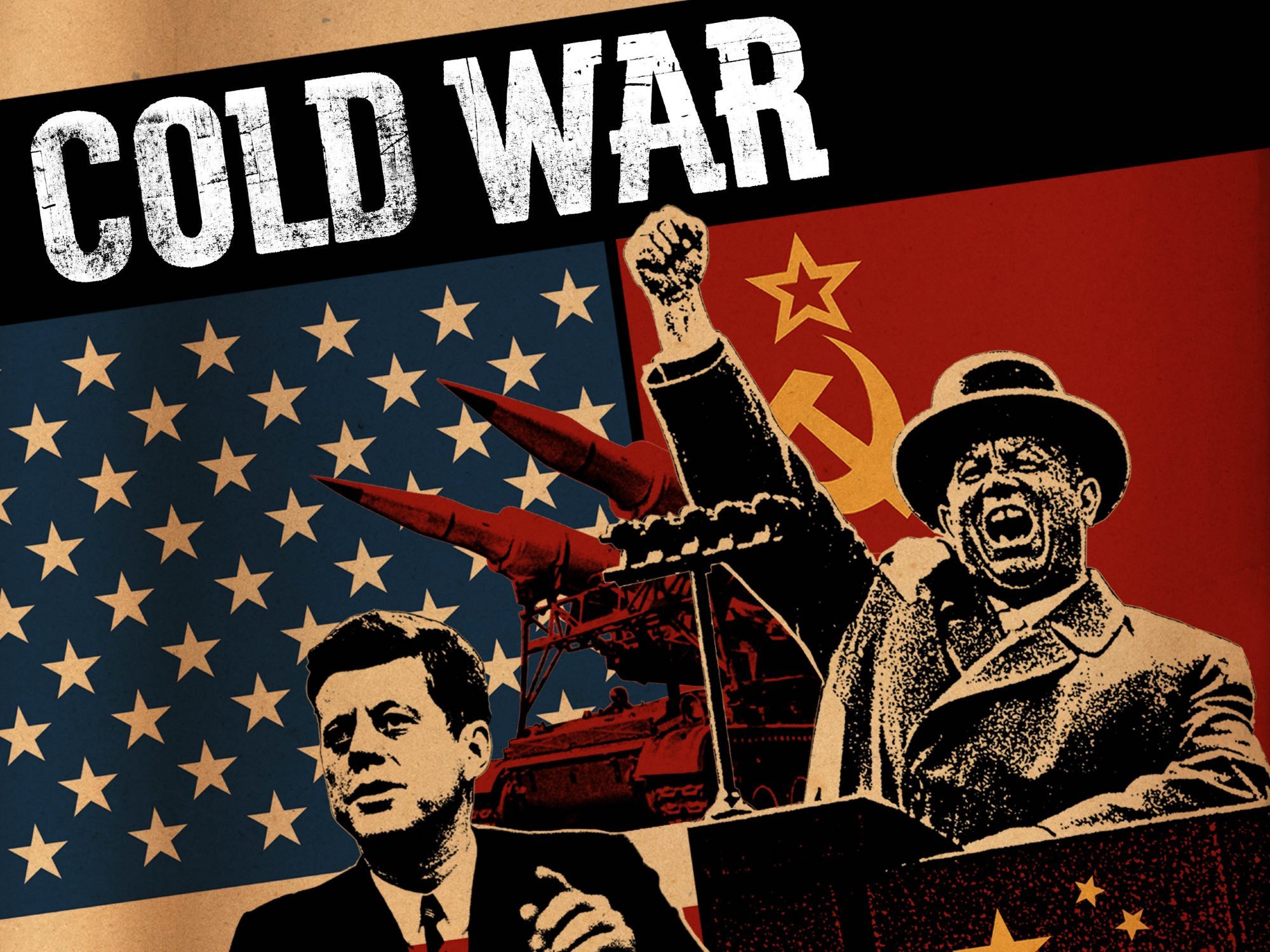Cold War episode 3 – Marshall Plan 1947-1952: The U.S. adopts the Truman doctrine, pledging to defend freedom worldwide. Secretary of State George Marshall plans to bolster economic recovery in Europe. Seeing this as a threat, Stalin forbids his satellites to participate. The world effectively divides. For both selfless and selfish reasons, the United States institutes the Marshall Plan, giving massive amounts of aid to the war-ravaged countries of Europe. Suspicious of American intentions, Stalin prevents countries in the Soviet sphere from taking part in the plan. As a counter to the U.S. plan, Stalin established the Council for Mutual Economic Assistance.
In Czechoslovakia, communists seize power in a 1948 coup. While Yugoslav leader Marshal Tito was originally allied with the Soviet Union, he decides to forge his own foreign policy path and accepts aid from the Marshall Plan. After the 1948 Italian elections, the CIA and Catholic Church conspire to push the communist party there from power. The Marshall Plan successfully modernizes Western Europe and strengthens its ties to the United States. Interviewees from episode 3 include Vladimir Yerofeyev, Gianni Agnelli and Giulio Andreotti.
Cold War episode 3 – Marshall Plan 1947-1952
For nearly five decades, individuals across the globe arose each morning, contemplating if it would be the day the world would cease to exist. Such was the reality for countless people caught in the midst of the Cold War, the battle of ideologies between the East and the West for global supremacy. This documentary delivers an all-encompassing, in-depth examination of the strife that unfolded between the United States and the Soviet Union, which split the world apart. COLD WAR narrates an epic tale on an intimate level, as seen through the eyes of over 500 witnesses, from politicians who shaped global affairs to ordinary men and women whose existence it either protected or endangered.
The series consists of twenty-four hour-long episodes that chronicle the myriad events, both significant and trivial, that contributed to the formation of the contemporary era. As a monumental historical documentation, COLD WAR contests the oversimplified notion of two superpowers teetering on the brink of a nuclear abyss. Over a million feet of film footage, captured or recovered and largely unseen by Western audiences, unveils the audacity, whimsy, and strategic brilliance of world leaders such as Kennedy, Khrushchev, Castro, Kissinger, and Gorbachev, along with their most trusted advisors. It highlights the importance of a cosmonaut and a U-2 pilot who briefly became household names, as well as events and concepts like Potsdam, Checkpoint Charlie, “Dr. Strangelove”, MAD, SALT, DMZ, and the complexities of international relations. Lastly, it features the accounts of an aging generation who, perhaps for the first and only time, share their experiences on the record.
Marshall Plan
The Genesis
The Marshall Plan, formally known as the European Recovery Program (ERP), was an ambitious economic aid initiative launched by the United States in 1947 to aid the recovery of war-torn Europe. Proposed by US Secretary of State George C. Marshall, the plan aimed to provide financial and technical assistance to European countries devastated by World War II, fostering economic stability and political goodwill across the continent.
The Rationale Behind the Marshall Plan
The United States, witnessing the unprecedented destruction and suffering in Europe, saw an opportunity to establish itself as a benevolent superpower while curbing the spread of communism. The Marshall Plan was designed to achieve these goals through economic and political means. By rebuilding Europe’s economies, the US hoped to promote democracy, bolster capitalist values, and ultimately create strong trading partners.
The Implementation of the Marshall Plan
Between 1948 and 1952, the United States disbursed over $13 billion (equivalent to over $100 billion today) to 17 European countries under the Marshall Plan. The aid was offered in the form of grants, loans, and technical assistance, with the recipient countries using these funds to rebuild their infrastructure, stimulate industrial production, and import essential goods from the US.
The Successes and Critiques of the Marshall Plan
The Marshall Plan’s successes are numerous and widely acknowledged. The economic aid was instrumental in restoring European economies, with industrial production soaring and GDP growth outpacing pre-war levels in many countries. The plan also facilitated the formation of the Organisation for European Economic Cooperation (OEEC), a precursor to today’s Organisation for Economic Cooperation and Development (OECD).
However, critics argue that the Marshall Plan’s achievements were not solely due to the financial aid provided. They contend that European economies would have naturally recovered over time and that the United States benefited disproportionately from the plan by securing export markets and political influence.
The Marshall Plan’s Legacy in Post-War Europe
The Marshall Plan is considered a pivotal moment in the history of post-war Europe, leaving a lasting impact on the continent’s economic, political, and social landscapes. The plan contributed to the creation of the European Coal and Steel Community (ECSC), which laid the foundation for the European Union. Additionally, it fostered cooperation among European countries, setting the stage for decades of peace and prosperity.
The Enduring Significance of the Marshall Plan
The Marshall Plan, despite its complexities and controversies, remains a shining example of international economic cooperation and diplomacy. By providing crucial support to Europe during its darkest hour, the United States demonstrated the potential of foreign aid to transform and uplift entire societies. Today, the Marshall Plan’s legacy lives on in the peaceful and prosperous Europe we know, serving as a reminder of the power of unity and collaboration in the face of adversity.




